2025 Author: Erin Ralphs | [email protected]. Last modified: 2025-01-22 21:14:14
Since the road in front of the car was illuminated by its own headlights, there have been several different light sources. Gas, namely propane lamps were replaced by incandescent vacuum lamps, and they, in turn, were replaced by halogen ones. It's time for xenon lamps. So what is xenon?
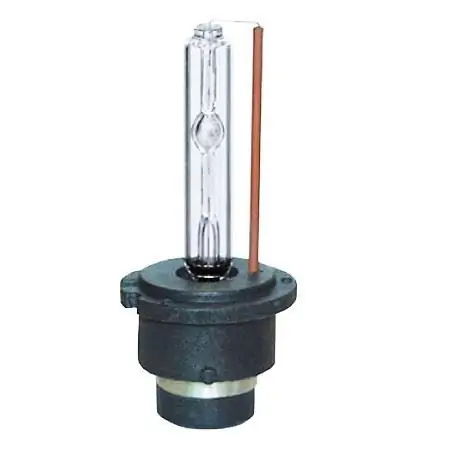
Xenon lamp consists of two glass flasks - external and internal. The first serves to protect against various contaminants, a sharp change in temperature, pressure difference (30/120 atmospheres) in a switched off and a light bulb. The inner flask contains a mixture of gases pumped in under pressure. The main one is the inert gas xenon. Various device parameters, for example, light temperature, ignition rate, etc., depend on what components are included in such a gas cocktail, so motorists better understand what xenon is and how it is used in lighting.
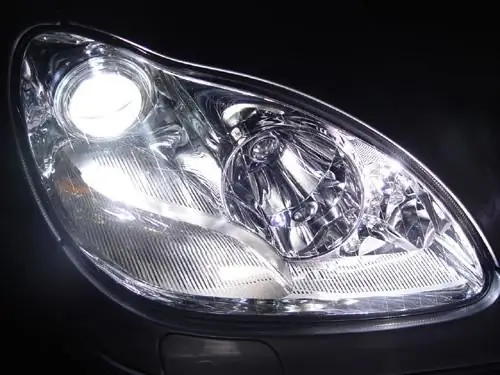
Quartz glass is used in the manufacture of high-quality flasks. Two wires are connected to the inside from two sides withelectrodes, they form a potential difference during ignition. When the lamp is turned on, the control unit gives it an impulse equal to 25 thousand volts, after which the gas inside it is ionized. In the future, to maintain combustion, not much power is required at all, about 35 watts. The xenon lamp control unit also controls the voltage needed to keep the light burning.
The lighting kit includes two xenon lamps, a pair of ignition blocks, fasteners, wires, adapters. All xenon lamps are installed according to the standard scheme. For many manufacturers, a xenon connection diagram is attached to the kit of lamps sold. It details how to install ignition units, install wiring, replace conventional xenon headlight bulbs.
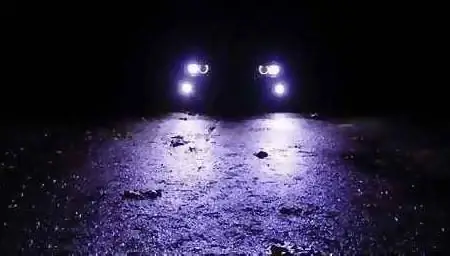
Having learned what xenon is, installing it on your car, you can feel all the positive aspects of its use. The light that xenon lamps give out is similar to daylight. Due to its design features, xenon has an advantage over conventional (filament) and halogen lamps.
The beam of light emitted by xenon lamps is well focused, and this allows you to use all the light in front of the car without scattering it to the sides. Thanks to the directional beam of light, correctly adjusted headlights will not blind drivers of oncoming traffic.
The xenon lamp cannot burn out, because it does not have a filament, it is not afraid of shaking when driving a car. Its service lifeapproximately equal to 2,000 hours. When the lamp is on, not much of the energy is spent on heat, and this protects the headlights from overheating.
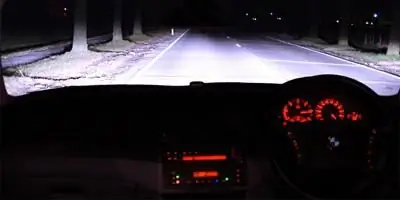
At dusk and in the dark, with a daytime xenon glow, it is much easier to assess the situation on the road. The driver at a sufficiently large distance can see objects that are present on the carriageway and its shoulders. In conditions of insufficient visibility, in fog, rain, snowfall, xenon beams illuminate the roadbed well.
As standard, xenon has been used on cars since 1996. The car on which it is installed has a special extraordinary appearance. Having felt what xenon is, the car owner will never return to using conventional or halogen lamps.
Recommended:
How to connect xenon with your own hands: instructions. Which xenon is better
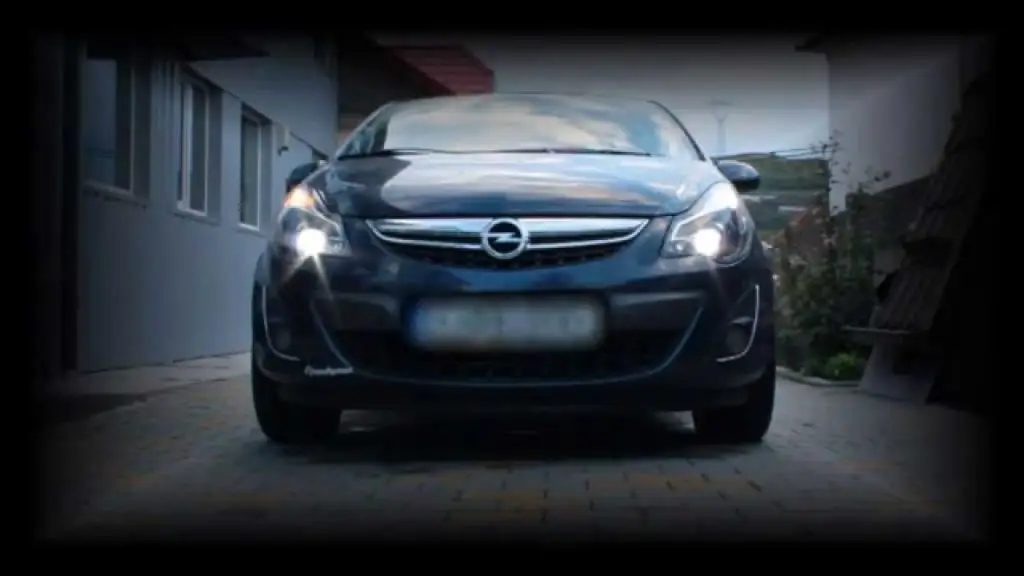
A rare car from the assembly line is equipped with lighting that would completely satisfy the owner of the car. Halogen lamps with a power of 50-100 W do not allow you to feel comfortable driving in the dark. If we add here wet asph alt that absorbs light, it becomes clear that the driver has no choice but to connect xenon
Rating of active foam for car washing. Foam for washing the car "Karcher": reviews, instructions, composition. Do-it-yourself car wash foam
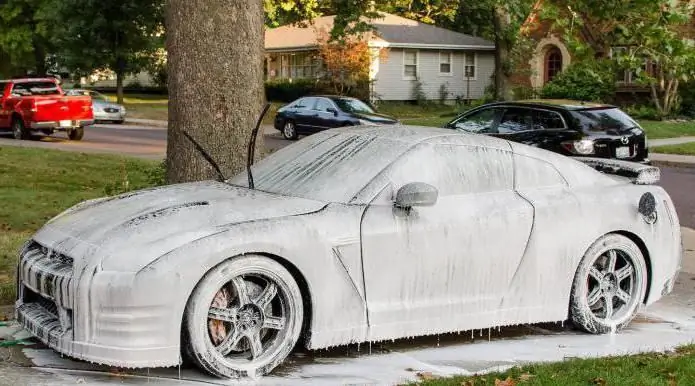
It has long been known that it is impossible to clean a car from heavy dirt with plain water. No matter how hard you try, you still can't achieve the desired purity. In order to remove dirt from hard-to-reach places, special chemical compounds are used to reduce surface activity. However, they also cannot reach very small cracks and corners
D2S xenon lamps: overview, manufacturers and reviews. Xenon lamp Philips D2S

In this article we will talk about what the D2S lamp of the "xenon" modification is, what its qualities are ahead of the indicators of the usual "halogens" and what are the disadvantages of xenon lighting. The Philips line of xenon lamps is also considered separately
Xenon: allowed or not? Is it possible to put xenon in fog lights?
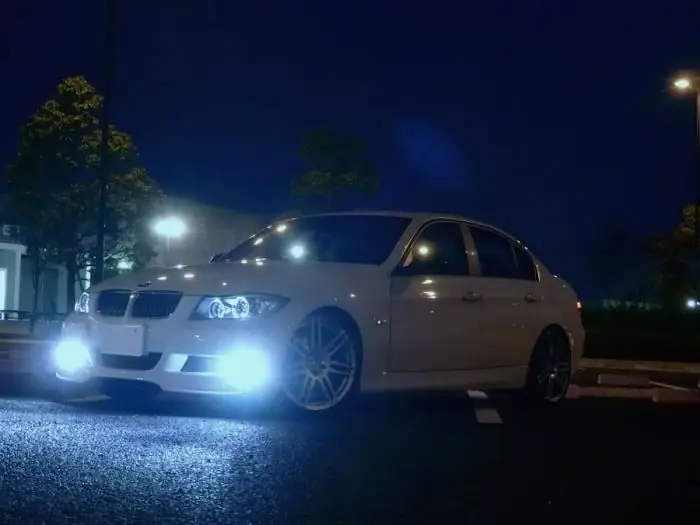
Relatively recently, xenon lamps appeared on sale, and with them a lot of controversy about whether xenon is allowed in Russia and in other countries. Indeed, ten years ago, these headlights were available only to owners of expensive cars, and over time, xenon lamps began to be used for beauty
Car "Marusya" - the first domestic sports car in the history of the Russian car industry
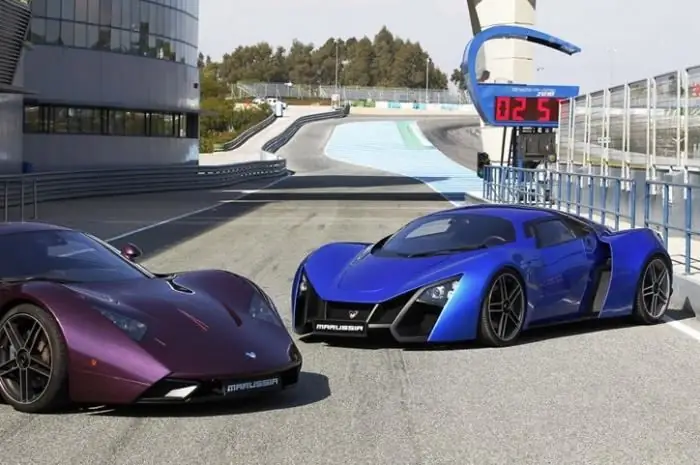
The Marusya sports car dates back to 2007. It was then that VAZ was offered the idea of creating the first racing car in Russia

